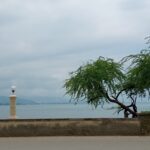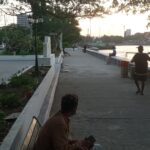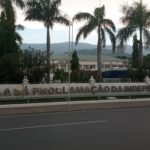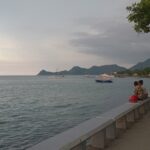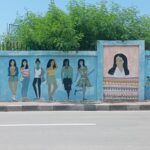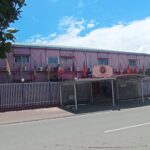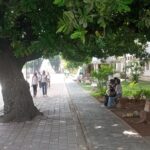A photo essay by Emanuele Giordana
With the ‘Carnation Revolution’ of 1974, at the end of Antonio Salazar’s long dictatorship, Portugal decided that Lisbon should restore independence to its overseas colonies. East Timor – or Timor Lorosae in the local language – in the eastern part of the island of Timor, in an arm of the sea that brings Asia closer to Oceania, was one of its little appendages in East Asia. The island was then divided into Timor Timur and Timor Barat, the latter ruled by the Republic of Indonesia. On 28 November 1975, East Timor declared its independence, but at dawn on 7 December, the Indonesian army invaded the island and made it an Indonesian province. It was a large-scale operation, carried out with the approval of the United States, which sparked an uprising that became an armed resistance with widespread popular support.
The war between Jakarta and Falintil (the armed wing of the Timorese Liberation Front – Fretilin) might have gone on indefinitely had it not been for the opening of a negotiating window in 1998, with the end of the dictatorship of Indonesian General Suharto, which the Timorese revolutionaries seized and in which they proved to be skilful negotiators. Although the transition was far from painless, East Timor was finally able to establish its independence in a referendum: on 30 August 1999, 78.5% of the Timorese voted against annexation, but it was not until 20 May 2002 that the independence of the new state was finally formalised. It is a small country with a population of less than 1.5 million. Schooling is widespread, but higher education is lacking. It has black gold, but it is running out, and critics, looking at a state budget 70% of which comes from the gas-oil business, accuse Timor of a policy of subsidies – over 40% of the budget – that certainly does not encourage private enterprise. Finally, there is a protracted political crisis between Prime Minister Xanana Gusmao’s party and Mari Alkatiri’s Fretilin. But between light and shadow, it seemed to us that the light prevailed. This is a young and fragile democracy, committed to emerging from underdevelopment, and in 2025 it will become the 11th member of ASEAN, the great regional association of Southeast Asia.




















